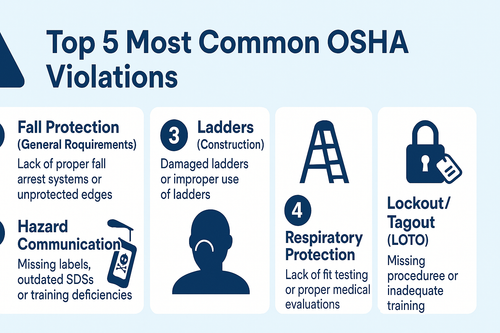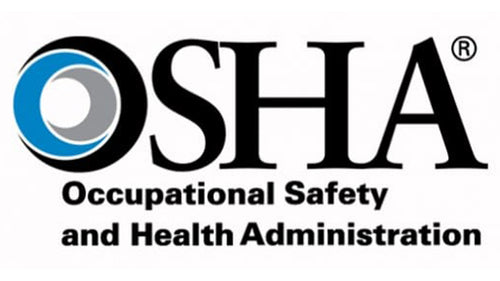
The Future of Safety Compliance: 2025–2026 Regulatory Changes to Watch
Regulations rarely stay still, especially when it comes to workplace safety. As industries evolve and new risks emerge, safety standards must also adapt. For safety professionals, the key to staying effective isn’t just knowing what the rules are today, it’s knowing what’s coming next.
Several significant regulatory changes are currently in motion, and they are expected to impact how organizations operate in the near future. Some of these changes are close to final approval, while others are still in early discussion. Either way, now is the time to start planning.
One of the biggest developments on the horizon is OSHA’s proposed national heat standard. For the past few years, extreme heat has been one of the most pressing environmental hazards in the workplace. While OSHA has had guidance and temporary programs in place, 2025 could mark the beginning of a formal, enforceable rule. This rule is expected to require employers to develop written heat illness prevention programs, provide annual training, and implement response procedures for high-heat events. Even if the rule isn’t finalized until 2026, the agency has already made it clear that heat-related risks will be treated seriously during inspections.
Workplace violence prevention is another major area gaining traction. OSHA is currently developing a rule aimed at reducing incidents of violence, especially in healthcare and social service settings. While many companies already take steps to manage interpersonal risks, this proposed regulation would make it mandatory to conduct hazard assessments, document incidents, and train staff on de-escalation and response protocols. Employers in high-risk environments should start preparing now by reviewing how they handle conflict, threat assessments, and emergency responses.
In addition to these workplace-specific issues, broader transparency efforts are shaping the future of compliance. A federal bill under review could require large warehouse and distribution employers to disclose safety metrics such as injury rates and quota practices. The intent behind this legislation is to ensure that productivity demands do not come at the expense of worker safety. If passed, it could influence OSHA's reporting standards and lead to increased scrutiny across the logistics and e-commerce sectors.
State agencies are also pushing forward with initiatives that treat mental health as part of workplace safety. While not yet standardized across the country, several states are exploring programs that require employers to recognize and address stress, burnout, and psychological safety. This signals a cultural shift in how we define “safe working conditions.” Companies that proactively support employee well-being will be better positioned to meet these emerging expectations and reduce turnover in the process.
Another change on the table is an expansion of OSHA’s electronic recordkeeping rule. Currently, only certain employers are required to submit injury and illness data electronically. However, OSHA is considering reducing the employee threshold and expanding the industries covered. This would mean more businesses need to submit detailed safety data on a regular basis. Now is a good time to review your OSHA logs and ensure your recordkeeping systems are accurate and up to date.
All of these potential changes point toward a future where safety compliance is more transparent, more data-driven, and more holistic. For safety leaders, this is an opportunity. Staying ahead of regulations allows you to align policies before they become mandatory, build credibility with leadership, and avoid costly last-minute overhauls.


